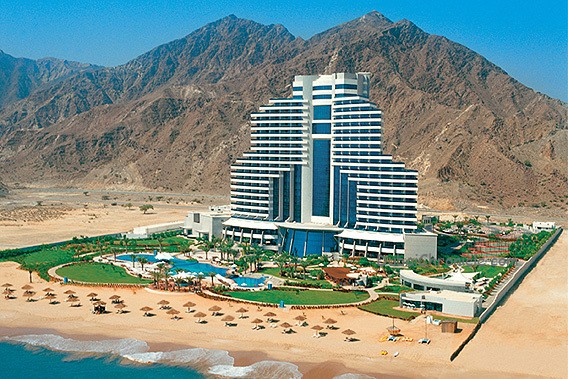This week prices of crude oil reached its highest level for the past four months. That is due to the tense atmosphere in the Middle Eastern and North African regions, as well as the US ambassador’s recent murder in Libya. The situation was further aggravated when it was reported that the Federal Reserve will print more money. Meanwhile, the Federal Reserve informed that they will make an unlimited commitment to buy mortgage-backed securities which will amount to $40 billion a month.
Prices of Brent crude oil increased to nearly $117 a barrel. Until recently, it had a stable price of about $18 premium to the American WTA crude oil which amounted to $100 a barrel only two days ago. Investors who don’t use futures contracts or agreements can trade in the oil market if they start to use ETF (investment fund that traded on stock exchanges). Brent crude oil futures is tracked by the US Brent Oil Fund ETF and the West Texas Intermediate crude oil futures are tracked by US Oil Fund ETF.
As the article already mentioned, the true reason for the unstable oil market is the Arab Spring which still continues. The revolutionary wave is spreading across the Middle East and North Africa and it targets different regimes. That is why investors should direct their attention on countries that are threatened by the demonstrations, like Saudi Arabia and the rest of the Gulf States.
Saudi Arabia plays a major role on the oil market. More than 20% of the spare oil production capacity is held by the country. That is why it should be noted that the Middle Eastern country no longer offers low oil prices like it was the case in the last few decades. Together with countries like Iran and Venezuela, Saudi Arabia has become a price shark.
Similar to other Gulf countries, Saudi Arabia had to spend a lot to keep the uprisings under control. It had to allot more money for food items, transportation and housing to keep citizens happy. One year ago, the country’s domestic spending increased and reached $129 billion. This sum is equal to more than 50% of Saudi Arabia’s revenues from oil.
Most of the money from the increased budget are going to be invested in the kingdom’s infrastructure. In addition, Saudi Arabia wants to spend over $100 billion on power stations and electric power distribution networks by the year of 2020. Moreover, Saudi Arabia plans to provide electricity power for 500,000 new homes. The new buildings are constructed in order to calm the political protests of the country’s 27 million citizens.
Because of the higher amount of spending, Saudi Arabia and other Gulf countries have to sell barrels at a price of about $80-$85 in order to keep their budgets at a stable level. This was estimated by the International Monetary Fund. That means that Saudi Arabia will increase its oil prices with nearly $60 a barrel.
What is worst is that the oil prices are not likely to change in the next few years. Moreover, the prices can even increase since in 2015 Saudi Arabia will have troubles balancing its budget with the present spending of the country.
The Arab Spring leads to more spending for Middle Eastern countries. As a result, now oil has a pricing floor. However, Opec will make sure that the Gulf countries’’ budgets won’t go off-balance.






































